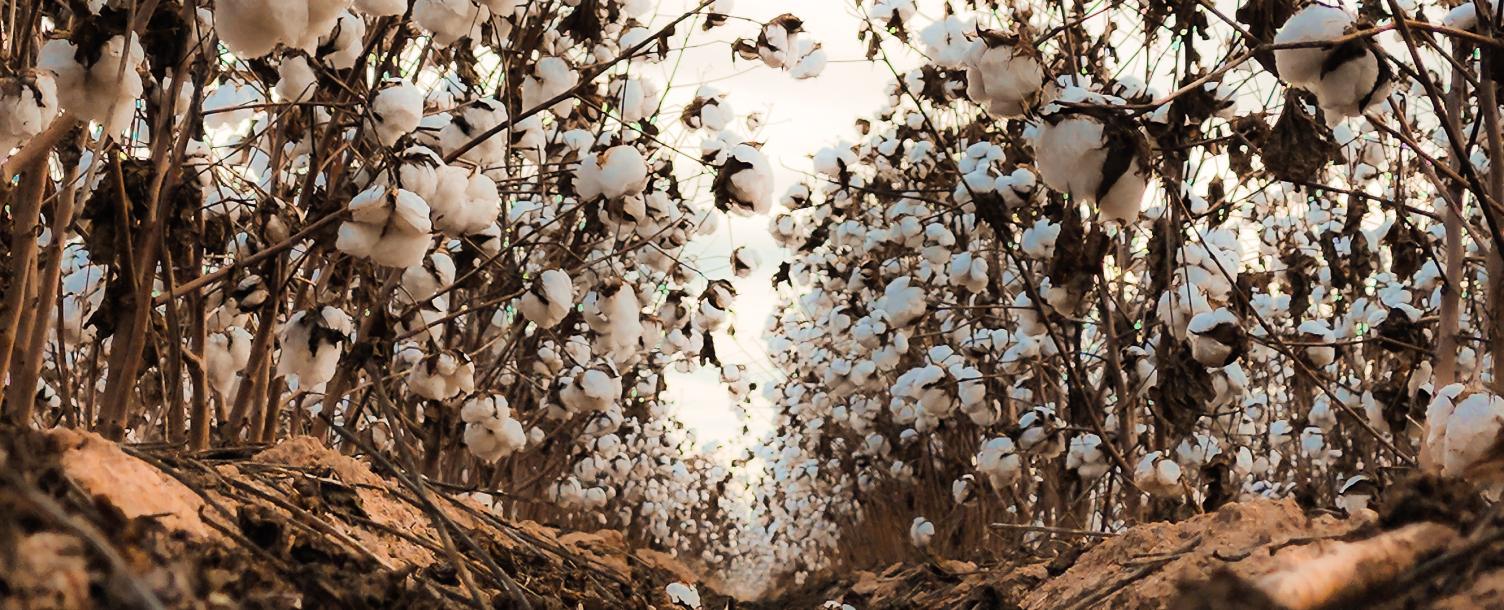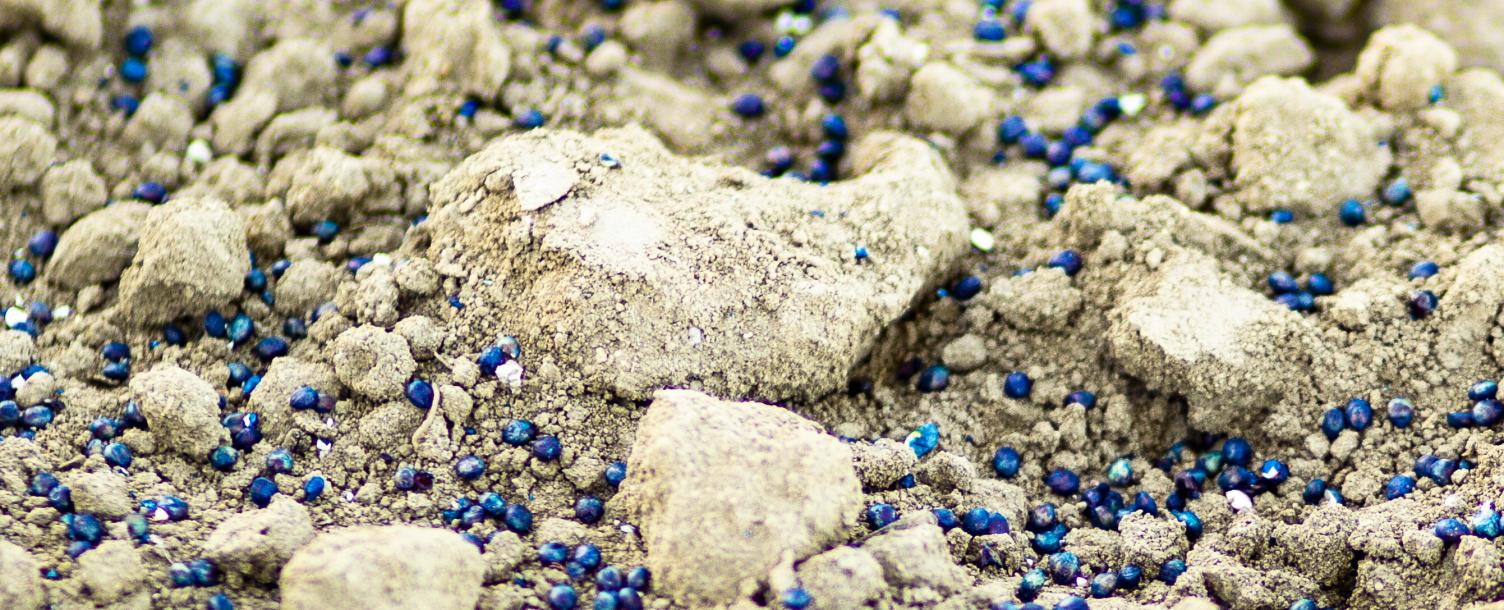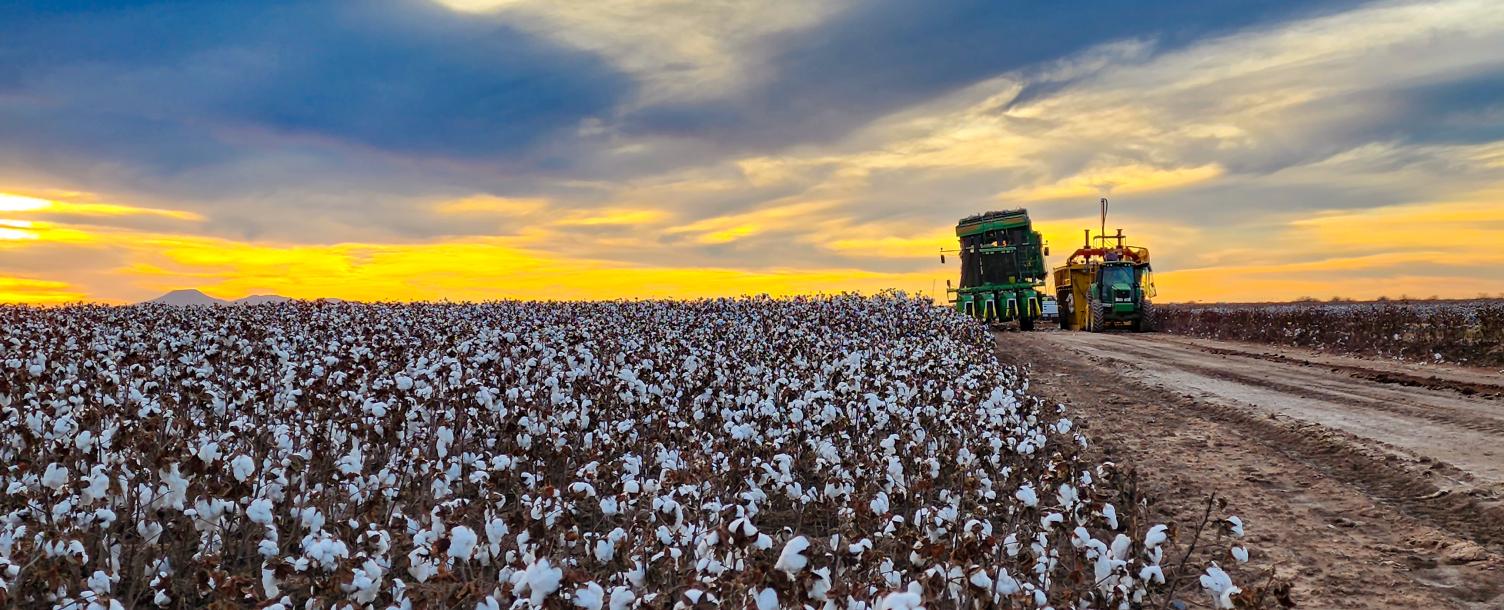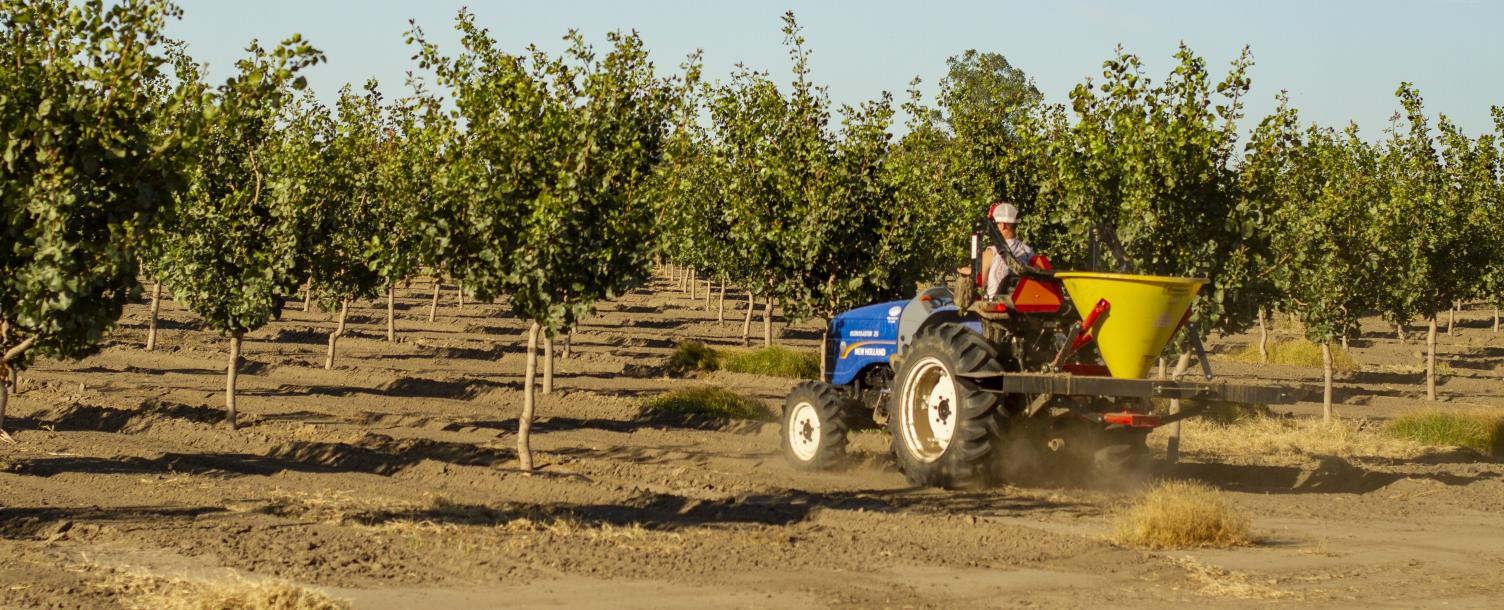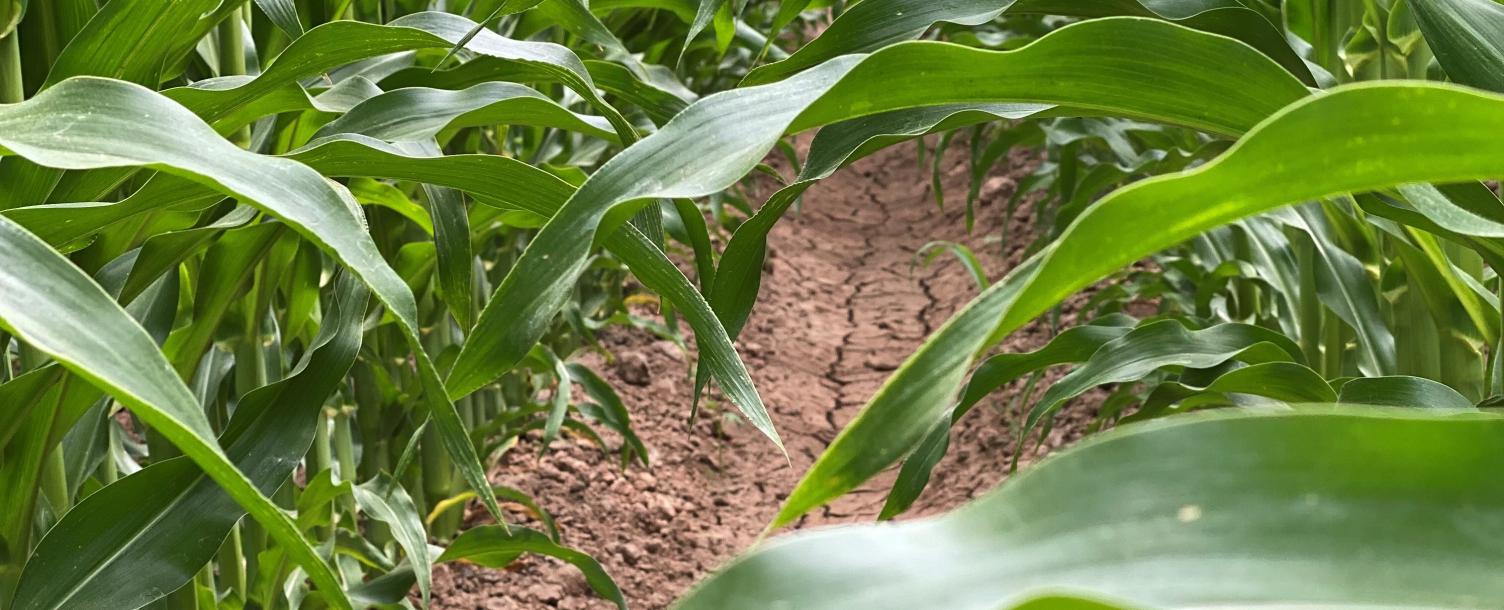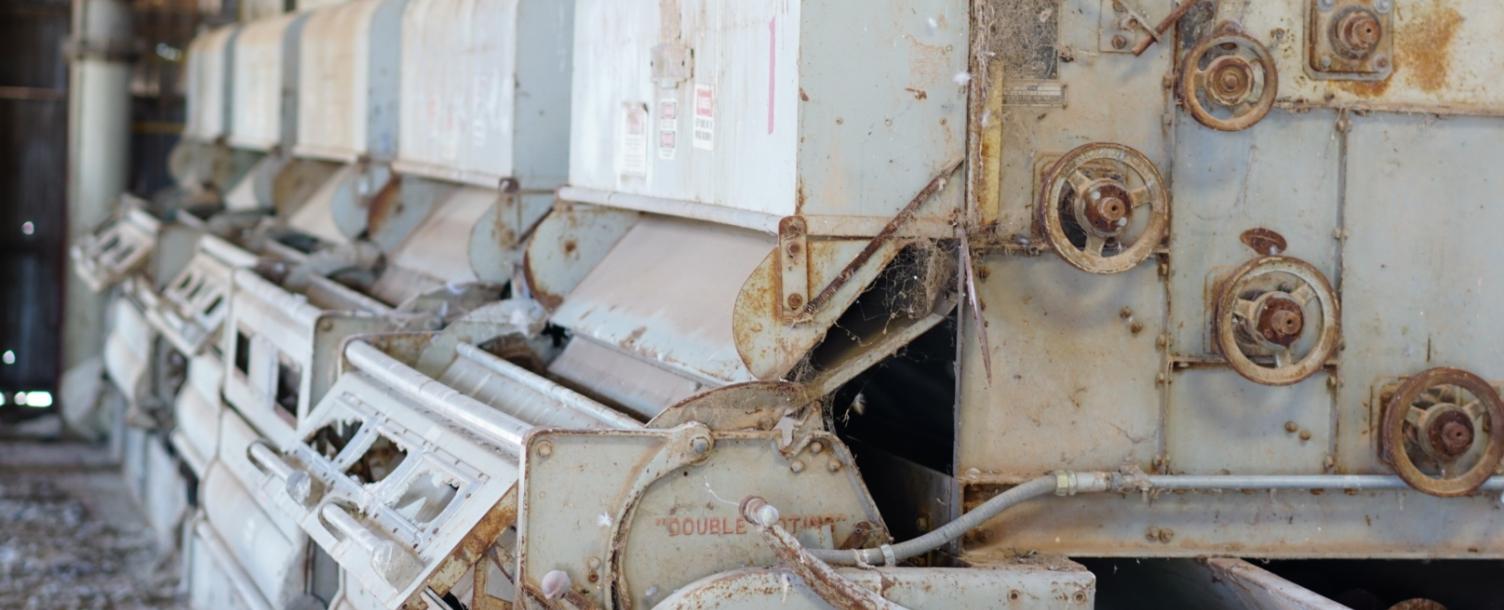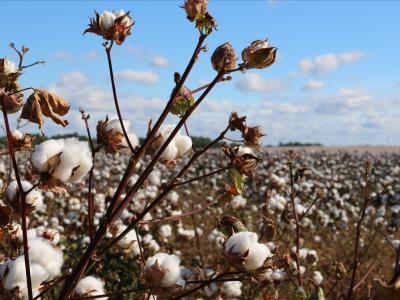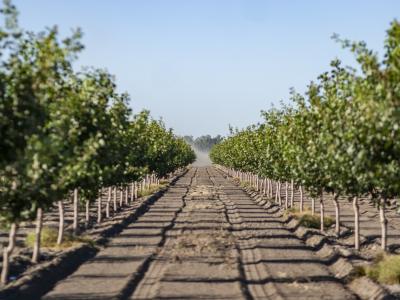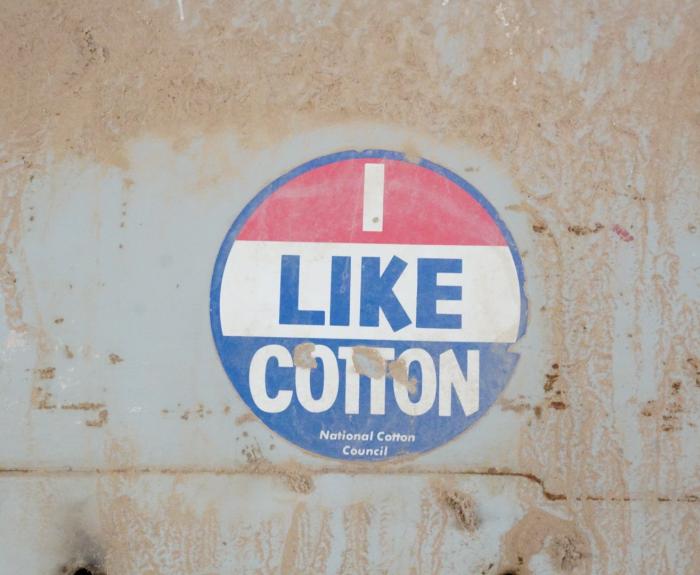
Who We Are
The Arizona Cotton Research and Protection Council (ACRPC) was established by statute in 1984. It is a grower-funded organization that provides funds to support research and applied technology in order to address industry needs such as pest control, aflatoxin mitigation, and crop production.
Mission Statement
To provide, research, and monitor innovative technology, and comprehensive programs to protect Arizona cotton and our environment.
Vision Statement
Our commitment to safeguarding Arizona’s cotton is unwavering. With innovative research, comprehensive programs, and vigilant monitoring, we strive to protect our cotton industry for generations to come.
News and Updates

The next council meeting will be held on June 17th, 2025.
Pursuant to A.R.S. § 38-431.02, the ACRPC hereby states that all meeting agendas will be posted in the front window of our Phoenix, AZ office located at 3721 E. Wier Avenue, as well as online no less than 24 hours before each meeting.
What We Do

AF36 Program
The Challenge: Aflatoxin Contamination
Aflatoxins are carcinogens produced by the Aspergillus flavus fungus. They threaten many global crops, especially cottonseed, corn, and tree nuts. This contamination results in millions of dollars in industry losses and prevents these crops from accessing premium markets.
The Breakthrough: AF36
USDA-ARS has identified AF36, an atoxigenic variant (incapable of producing toxin) of Aspergillus flavus. When applied to fields, this strain reduces aflatoxin levels by suppressing the growth of toxin producers. Collaborative efforts between academic institutions and the Arizona Cotton Research and Protection Council have enabled the commercial production of AF36, showing significant reductions in aflatoxin production across treated regions.
The Future: Bio-Control Expansion
ACRPC works to extend bio-control technology geographically across various crops. This expansion allows for a beneficial shift of the fungal community suppressing aflatoxin contamination. This not only boosts the U.S.’s agricultural export market, but also addresses critical public health concerns. Arizona stands at the forefront of battling the costly effects of aflatoxin contamination, For Growers, By Growers.
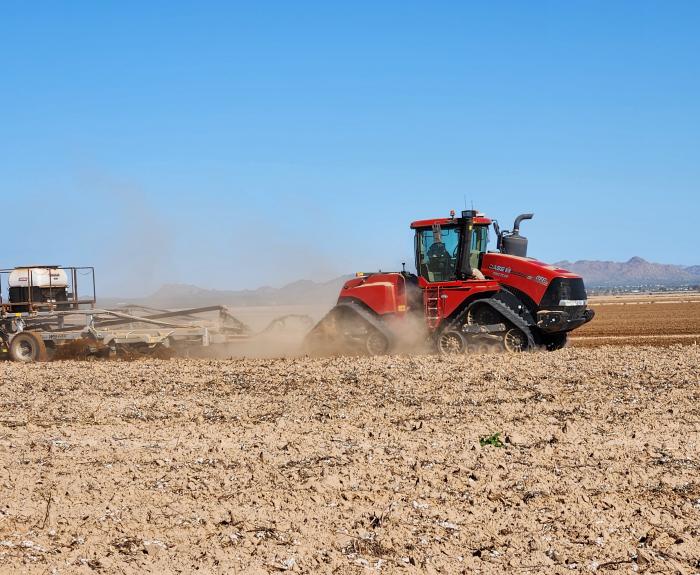
Plower Program
The Plower Program plays a crucial role in maintaining the health and productivity of Arizona's cotton industry. By effectively suppressing cotton pests and insect vectors, it helps protect cotton crops from significant damage and ensures a sustainable cotton production system. This is achieved through the destruction of post-harvest crop remnants, which eliminates the opportunity for these pests to overwinter and cause damage to future cotton crops.
The Plower Program has established specific guidelines for crop destruction that all growers must adhere to. These guidelines can be found in the Arizona Administrative Code R3-4-204. Growers must complete plow down activities according to these guidelines.
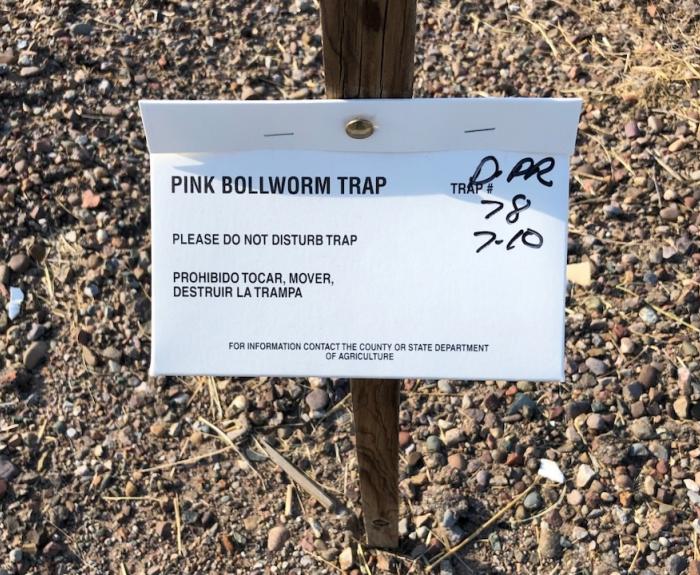
Pest Management
The Arizona Cotton Research and Protection Council has a long-standing history of managing and eradicating major cotton pests to benefit growers. In the early 2000s, the Council successfully eliminated the invasive Pink Bollworm through a coordinated program that included surveys, trapping, and mapping of all cotton fields in the state. This program used sterile insect releases and genetically engineered Bt cotton. The Southwest Boll Weevil Eradication Program also utilized similar mapping and trapping efforts, which led to eradicating the Boll Weevil across most cotton-growing states. The Council continues to monitor Pink Bollworm, Boll Weevil, and other pests of concern, including the Cotton Seed Bug.
Through close collaboration with universities, government agencies, and individual growers, the Council aims to support the viability and competitiveness of Arizona cotton through integrated pest management and protection.

